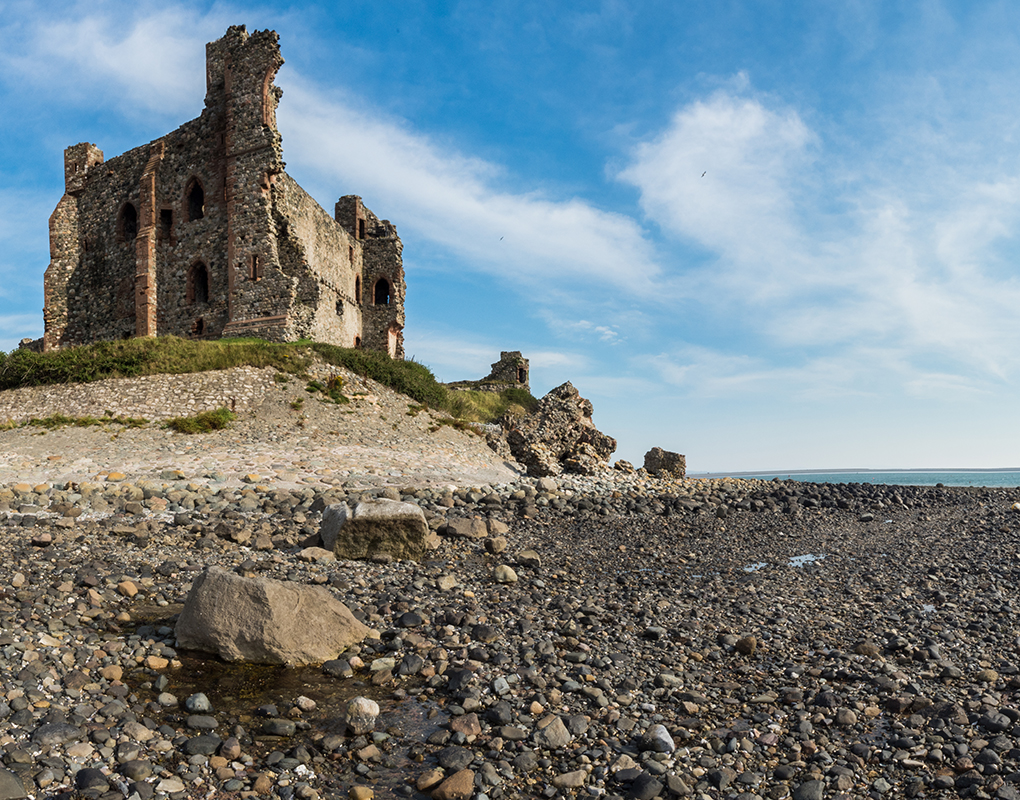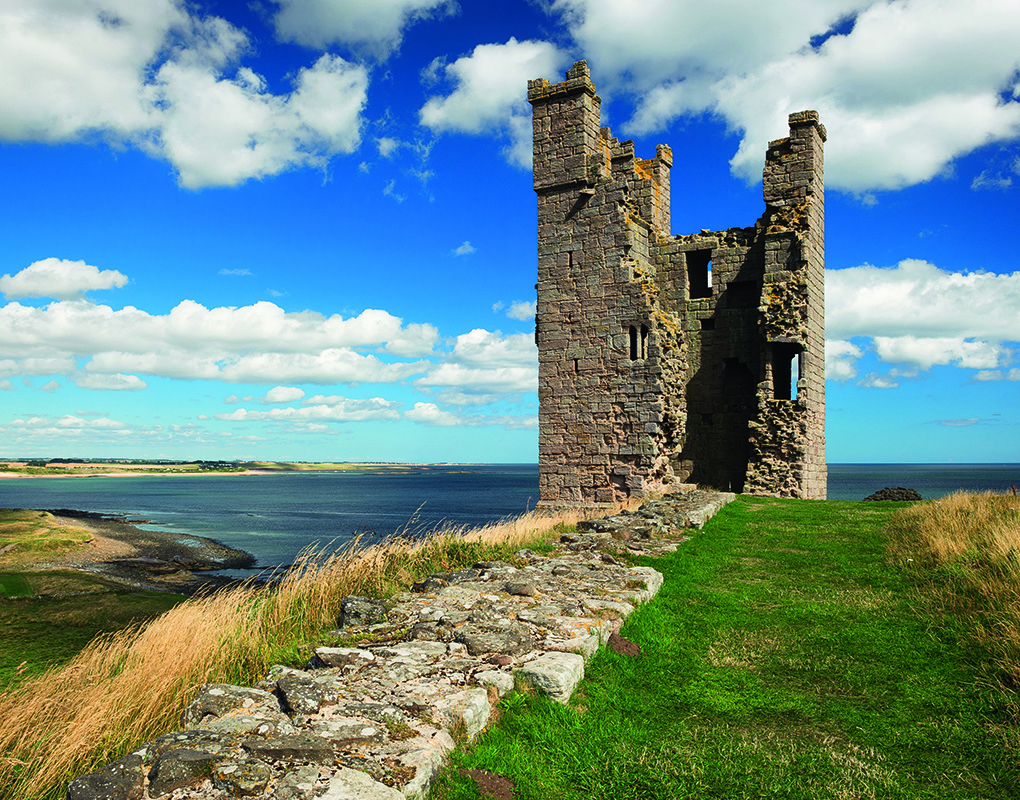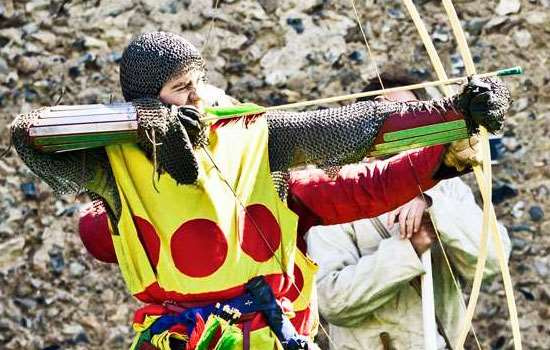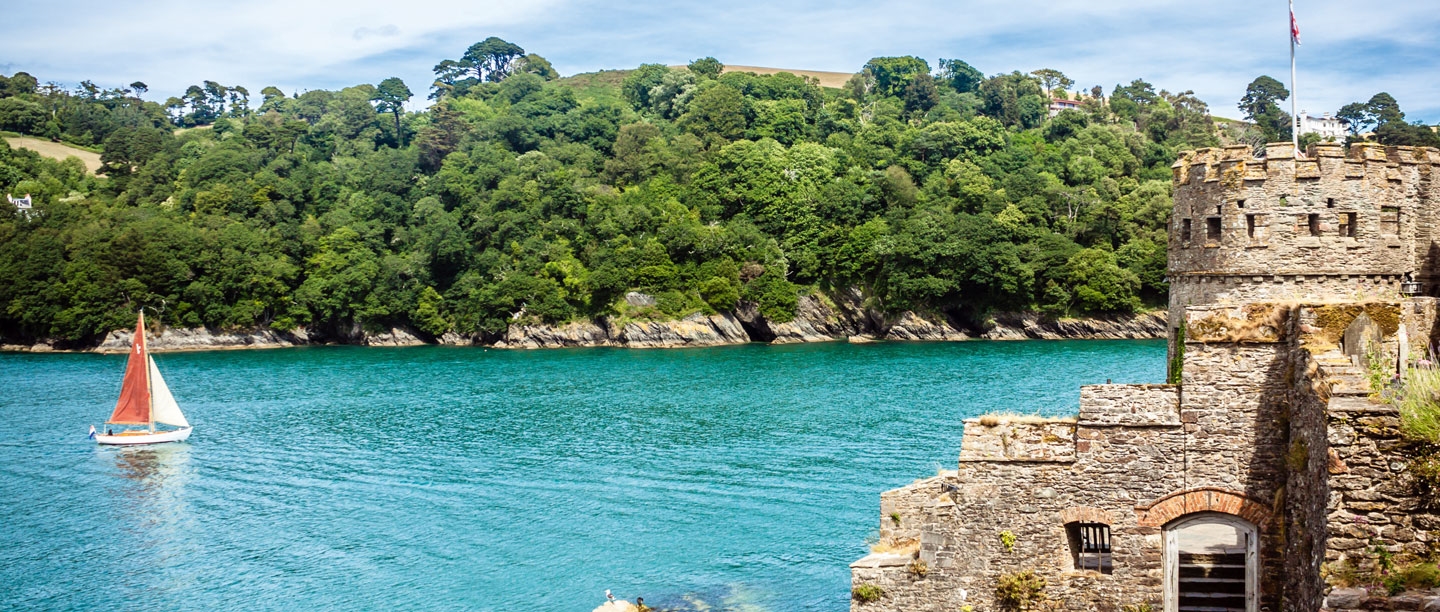
20 Questions Quiz: Coastal sites
Test your knowledge of our coastal sites with our quiz. Click on each question to reveal the answer.
-
1. Which castle on the Devon coast guards the entrance to the Dart Estuary?
Answer: Dartmouth Castle
Sitting on a promontory where the River Dart meets the Channel, the castle was begun in 1388 to protect the town and harbour of Dartmouth against French raids during the Hundred Years War. One hundred years later it was strengthened with a gun tower, the first purpose-built coastal artillery fort in Britain. The castle saw fighting during the Civil War and was later updated and re-equipped several times, serving in both world wars.
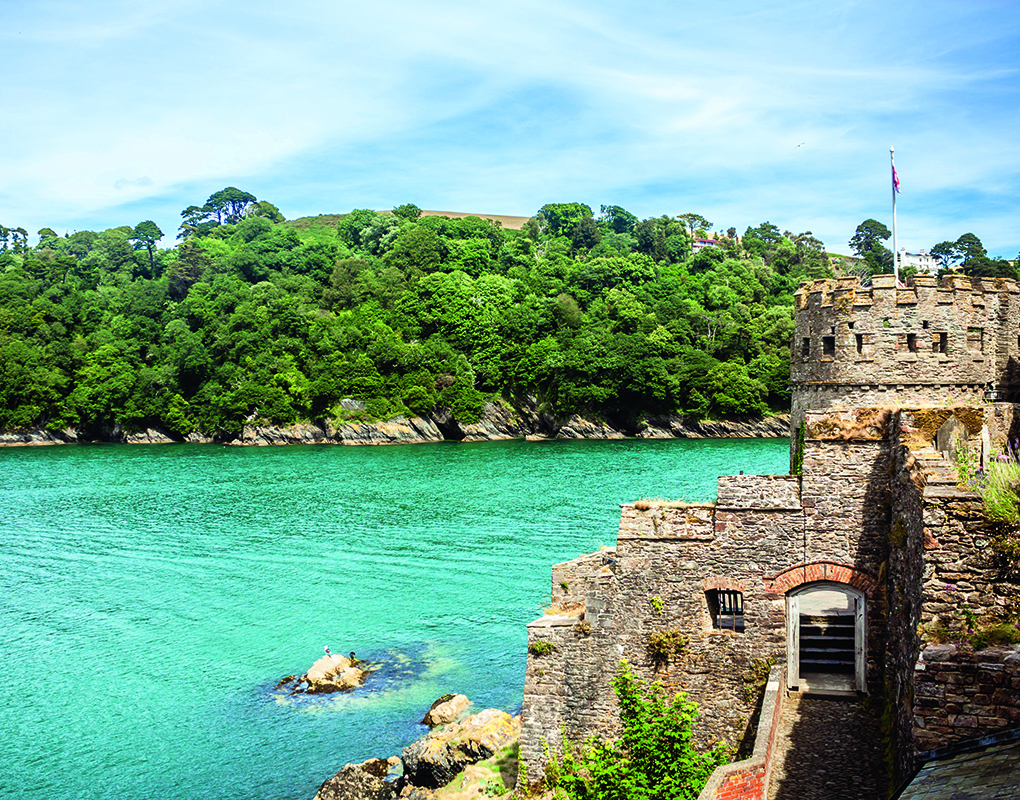
-
2. What was the name of Edward II’s widow who lived at Castle Rising Castle near King’s Lynn? A - Queen Katherine; B - Queen Alice; C - Queen Isabella
Answer: Queen Isabella
Castle Rising Castle in Norfolk is one of the largest, best preserved and most lavishly decorated keeps in England, surrounded by 20 acres of mighty earthworks. Building of the castle was begun in 1138 by the Norman lord William d'Albini for his new wife, the widow of Henry I. In the 14th century it became the luxurious residence of Queen Isabella, widow (and alleged murderer) of Edward II.
-
3. What caused considerable damage to Whitby Abbey in 1914?
Answer: Shelling by the German High Seas Fleet
At 8am on 16 December 1914, two German cruisers began a 30-minute bombardment of Scarborough, killing 18 people. The coastguard station and an 18th-century barrack block were completely destroyed. The castle ruins were also damaged. The cruisers then sailed north towards Hartlepool. On their way they passed Whitby and again they opened fire, spending around 10 minutes firing 50 rounds into the town and at the abbey ruins, resulting in the deaths of another three people.
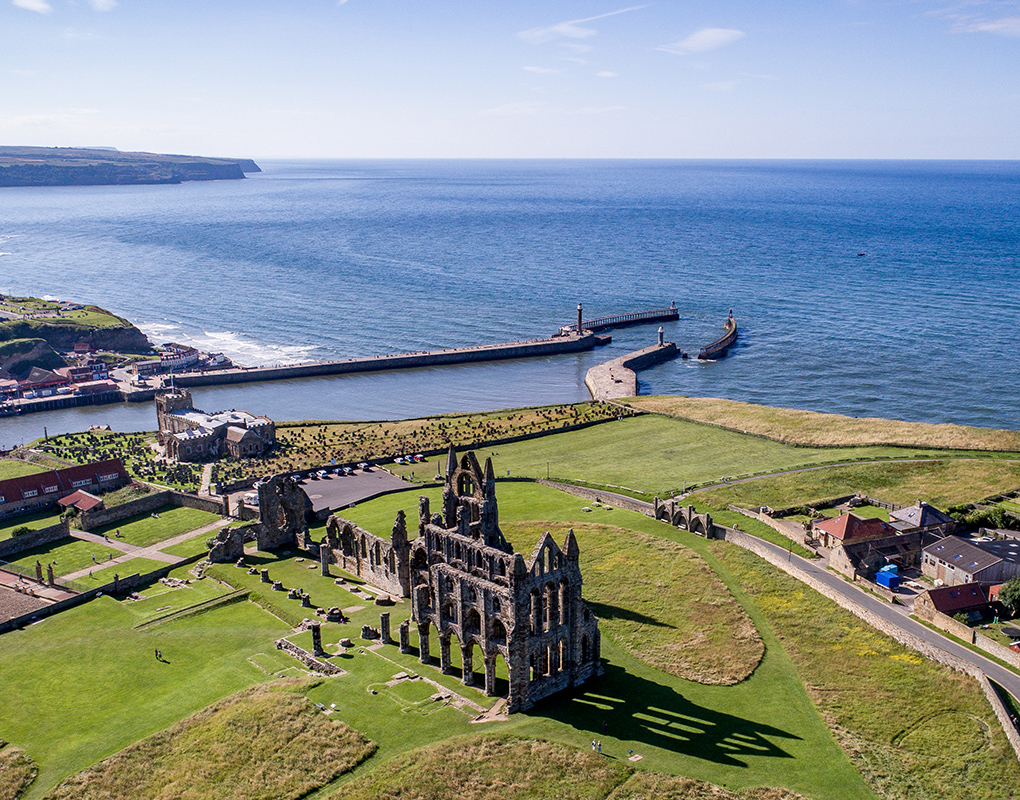
-
4. Answer
Answer: Dunstanburgh Castle
One of the most atmospheric and inspiring castles in England, Dunstanburgh Castle was built in the second decade of the 14th century by Thomas, Earl of Lancaster, the wealthiest nobleman in England. Earl Thomas was later executed for his role in the barons’ rebellion against Edward II, but the castle was extensively modernised in the 1380s under John of Gaunt. It played a role as a Lancastrian stronghold in the Wars of the Roses, but fell into disrepair at the end of the Middle Ages, and its ever more ruinous silhouette inspired many artists, including JMW Turner.
-
5. Can you unscramble the name of this church on the banks of the Humber, which is home to more than 2,800 burials dating from Anglo-Saxon to Victorian times? HUTCH CREST PRES
Answer: St Peter's Church
The history of St Peter's Church, in Barton-upon-Humber, North Lincolnshire, can be traced over more than 1,000 years in the building and in the excavated finds displayed inside. The first Christian use of this site was in the late 9th century. The stone church visible today was first built in about 970. It has distinctive Saxon features, such as the use of large stones for doors and windows and a series of vertical stone strips around the tower. By the mid-16th century St Peter’s had grown to six times the size of the original Saxon church.
-
6. Which castle on the coast of the Isle of Wight was once owned by Henry VIII?
Answer: Yarmouth Castle
Completed in 1547, the final year of Henry VIII’s reign, Yarmouth was the last fortification built during a national programme of coastal defence that Henry had begun in 1539. It was designed – together with Hurst Castle on the mainland – to guard the western entrance to the Solent, and to prevent the capture of the Isle of Wight as a prelude to larger assaults on the south coast of England. The castle fulfilled an effective role as a coastal fortification until the end of the Napoleonic War (1803–15) and continued to have a defensive function until 1885.
-
7. What unusual kind of tower can be found at Orford Castle in Suffolk? A - Semi-circular; B – Polygonal; C - Quadrilateral
Answer: Polygonal
Built in the 12th century for Henry II, Orford Castle was intended to curtail the power of turbulent East Anglian barons, such as Hugh Bigod of nearby Framlingham Castle. Its polygonal keep was built to a revolutionary design, which is today a landmark in the Suffolk landscape. The castle is remarkably intact allowing visitors to explore from the basement, through the lower and upper halls to the roof where there are magnificent views seaward to Orford Ness. Around the rooms is a maze of passages leading to the chapel, kitchen and other chambers in the turrets.
-
8. The area on which Tynemouth Castle and Priory stands was originally home to a settlement in which period?
Answer: Iron Age
The complex history of Tynemouth headland spans over 2,000 years. It is dominated by the remains of a medieval priory, which was protected like a castle by walls, towers and a gatehouse. Archaeologists have revealed the earliest evidence for people living on the headland, in traces of two circular wooden houses. One was a large building of a kind typically used in the two centuries before the Roman invasion of AD 43, and may have been part of an Iron Age settlement. The other was smaller and may have flourished in the Roman period, in the 2nd century AD.
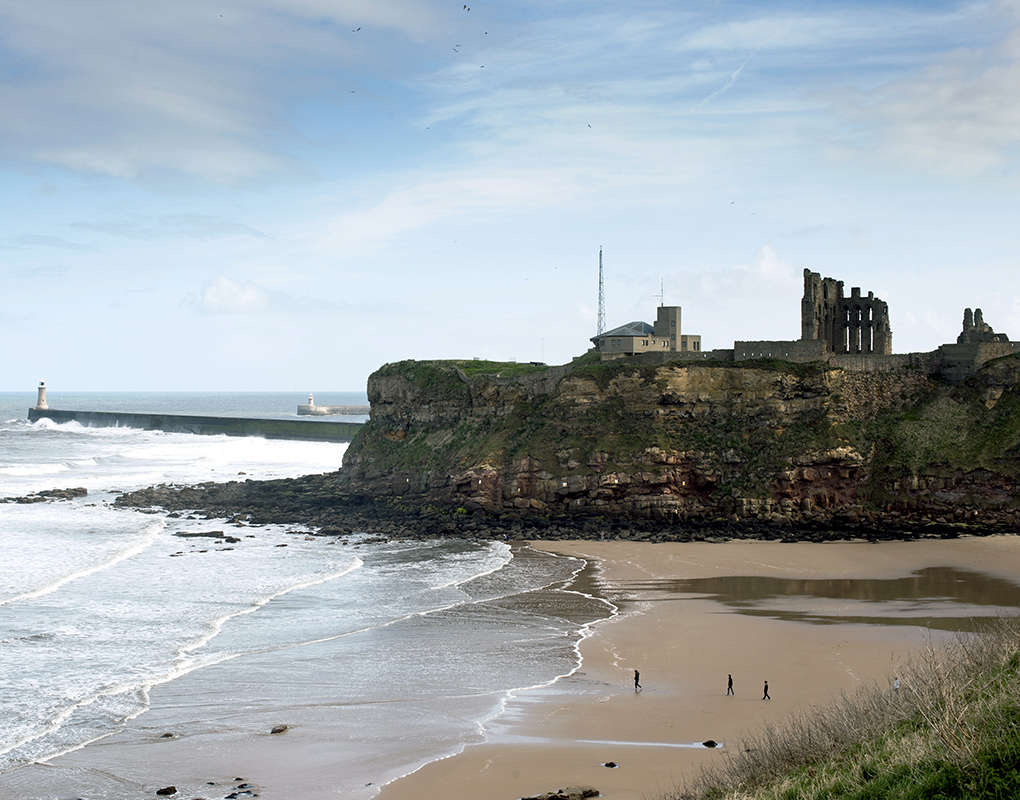
-
9. Portland Castle in Dorset was built to protect against invasion by which countries in the 1540s?
Answer: France and Spain
Overlooking Portland Harbour in Dorset stands one of Henry VIII's finest coastal forts, built in the early 1540s to protect against French and Spanish invasion. A Royalist stronghold during the Civil War, Portland Castle was captured and held siege by Parliamentarian forces in 1643. A garrison remained at the castle for many years after this and later it served as an ordnance store for seaplanes on anti-submarine patrols in the First World War. During WWII, it was used as a training base for combined operations, including exercises for the D-Day landings.
-
10. Which 18th-century fort defends the approach to Harwich Harbour on the Suffolk coast?
Answer: Landguard Fort
Landguard Fort defends the approach to Harwich Harbour, a safe haven for shipping. It was the site of the last opposed seaborne invasion of England, by the Dutch in 1667, who were repulsed by the Royal Marines in their first land battle. The current fort was built in the 18th century, and modified in the 19th century, with substantial additional 19th and 20th-century outside batteries. It was manned through both world wars and played an important anti-aircraft role during the Second World War. In 1951 two of the old gun casemates were converted into a Cold War control room. The fort was disarmed and closed in 1956.
-
11. In which county can you find the intriguingly designed Deal Castle?
Answer: Kent
Deal Castle is one of 10 similar artillery forts built for Henry VIII in the period 1539–42, during a national emergency (see also our sites at Walmer, Camber, Hurst, Portland, St Mawes and Pendennis). Although they have symmetrical forms, aesthetics was not a prominent consideration. The forts are a very English solution to artillery defence at a time when designers were applying principles that they often incompletely understood. The circles used in Henry’s forts attempted 360-degree offence and defence, with guns on multiple levels overlapping their fire. That principle was proved to be mistaken, as circular designs left blind spots to be exploited by the enemy.
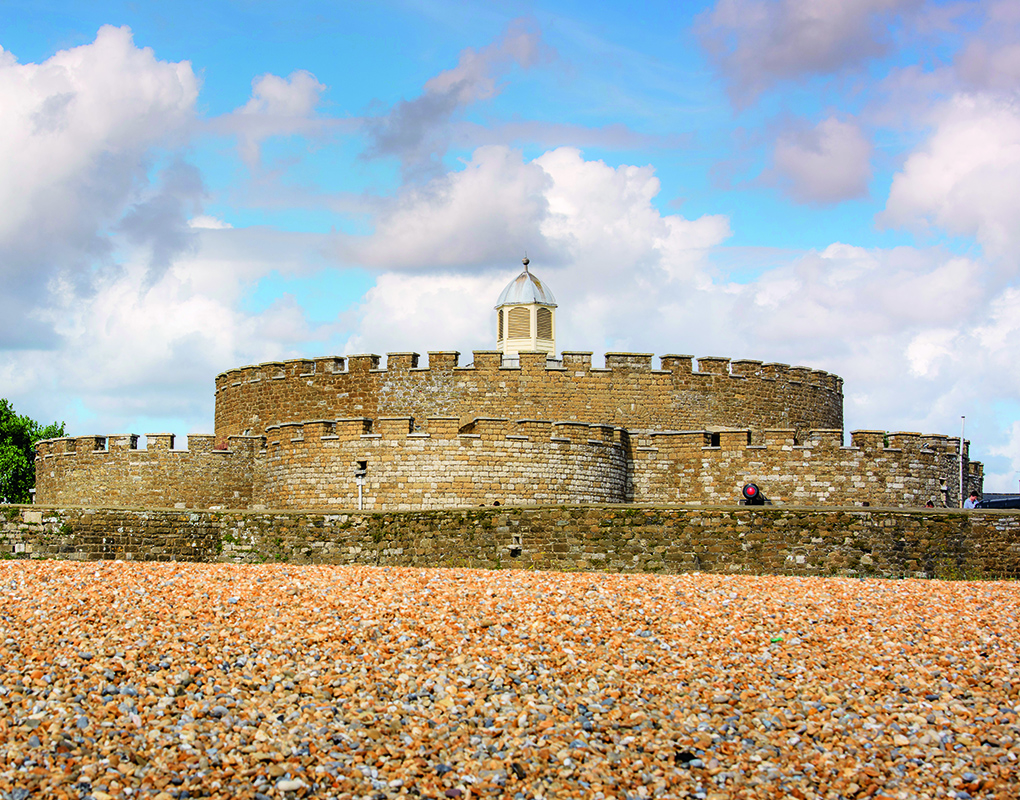
-
12. Which castle on the Cornish coast is, according to legend, the place where King Arthur was conceived?
Answer: Tintagel Castle
History and legend are inseparable at Tintagel. From about the 5th to the 7th century AD it was an important stronghold, and probably a residence of rulers of Cornwall. Many fragments of luxury pottery imported from the Mediterranean were left behind by those who lived here. It was probably memories of this seat of Cornish kings that inspired the 12th-century writer Geoffrey of Monmouth to name it in his History of the Kings of Britain as the place where King Arthur was conceived, with the help of Merlin.
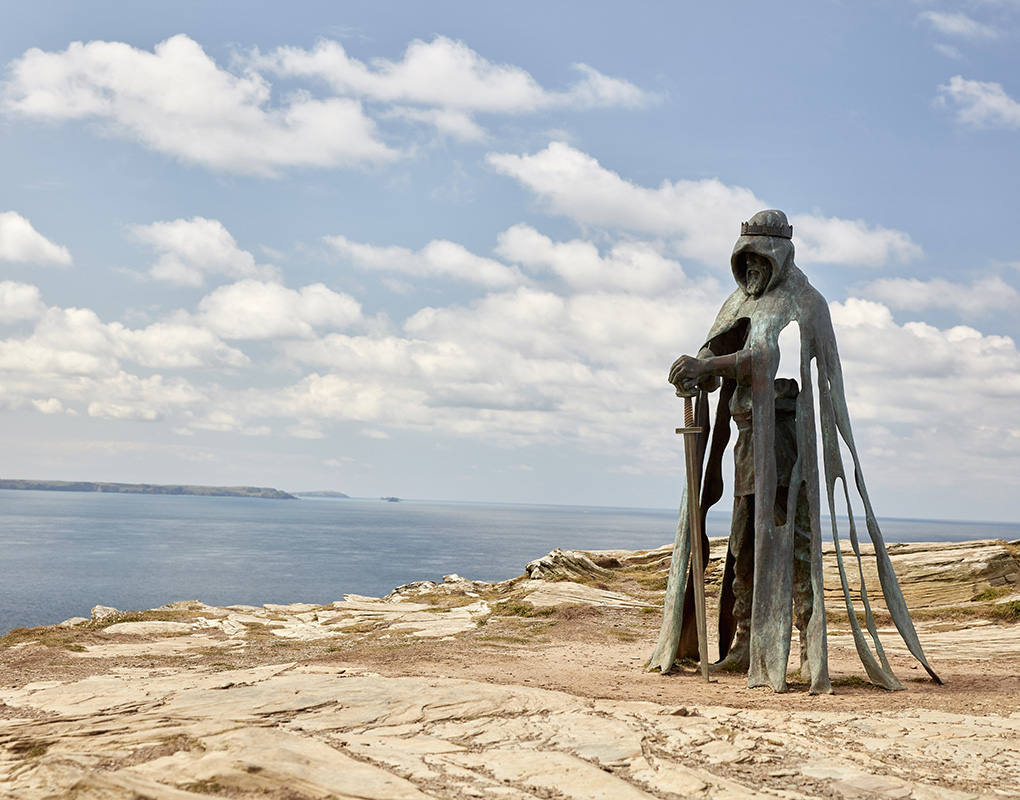
-
13. What is the name of the castle that acted as the headquarters for coastal artillery training in Cornwall during the First World War?
Answer: Pendennis Castle
Pendennis Castle is one of England’s finest surviving coastal fortresses. Together with the fortress at St Mawes, Pendennis guarded the anchorage of Carrick Roads and the port towns below for over 400 years. During the First World War (1914–18) Pendennis was the command centre of coast artillery defences for west Cornwall. Key defence points and trenches protected it and thousands of troops came for training before going to war in France and Belgium. The Royal Navy used the anchorage for convoys, minesweepers and anti-submarine vessels.
-
14. Which Portsmouth castle was used as a prison for enemy soldiers from the 17th to 19th centuries, housing up to 8,000 prisoners at a time?
Answer: Portchester Castle
Portchester Castle stands in a commanding position at the north end of Portsmouth Harbour. The Romans built a huge fort here, which remains the best preserved Roman fort north of the Alps. After the Norman Conquest, a castle was built in one corner of the fort, which grew into an impressive royal residence. Portchester first held prisoners during the Anglo-Dutch wars of the 1660s. But it was its final phase as a prison, during the French Revolutionary and Napoleonic wars (1793–1815), that saw the greatest numbers of prisoners at the castle – up to 8,000 at any one time.
-
15. When Mary Queen of Scots fled to Carlisle Castle in 1567, how much did Elizabeth I spend per week accommodating her with food and wine? A - £87; B - £56; C - £30
Answer: £56
For 500 years, until the English and Scottish crowns were united in 1603, Carlisle Castle was the principal fortress of England’s north-western border with Scotland. When Mary Queen of Scots (d.1587) fled from her rebellious subjects to England in May 1567, she was housed for some weeks in what was then known as the Warden’s Tower, in the south-east corner of the inner ward. This was the last time the castle was used as a royal residence. Supporting her little court there cost Elizabeth I (r.1558–1603) an average of £56 a week in food and wine.
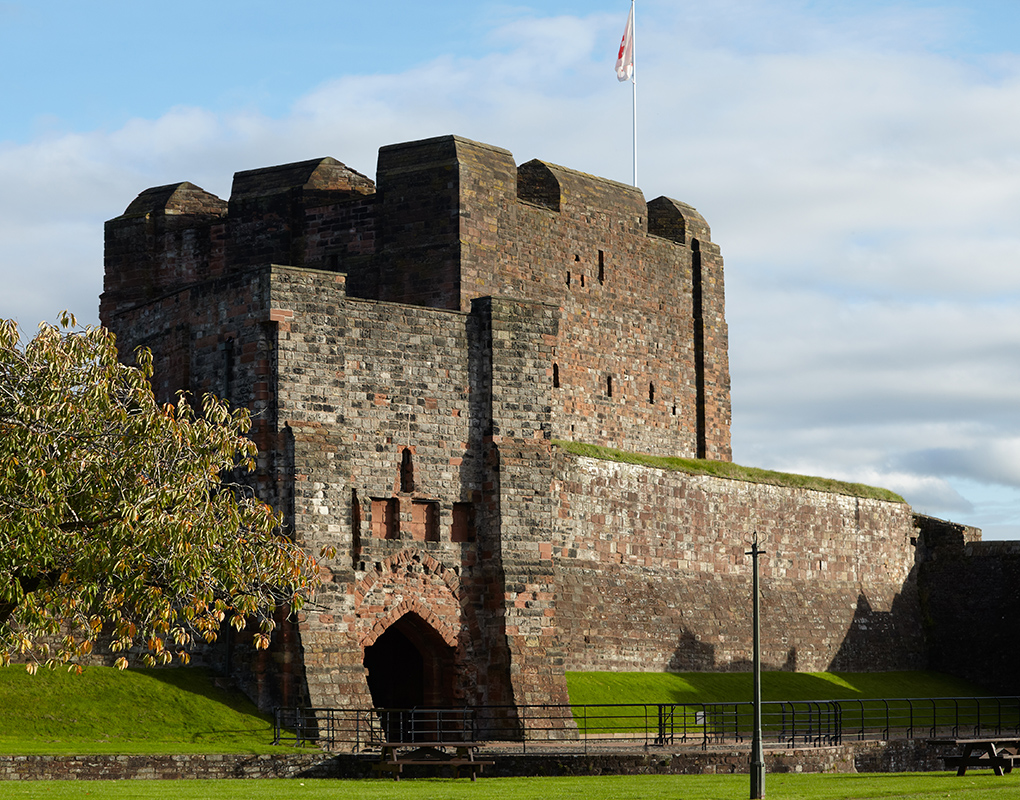
-
16. In the gardens of which property on the south-east coast can you see a ‘cloud’ hedge shaped by bordering yew hedges and a heavy downfall of snow in 1947?
Answer: Walmer Castle and Gardens
What was originally a geometric green border as part of the Broadwalk at Walmer Castle has evolved into an organic, undulating 'cloud' hedge. It is said that the hedge was neglected during the Second World War, and that a heavy weight of snow during the hard winter of 1947 made it even more misshapen, a form in which it has been kept since. Whether this tale is true is ambiguous, however it is certain that the yew hedges have held an informal style since at least the 1960s–70s.
-
17. When does Scarborough Castle’s great tower date from? A - 10th century B - 12th century C - 15th century
Answer: 12th century
Scarborough Castle stands on a massive promontory of rock that rises above the North Sea. The castle’s founder was William le Gros, Count of Aumâle. Created Earl of York by King Stephen in 1138, he proceeded to establish himself as the unrivalled political master of the region. His work at Scarborough probably began in the 1130s. In 1159 Henry II began to rebuild the castle, planting a new town beneath its walls at the same time. About £650 was spent on the castle over the next 10 years, an enormous sum. The principal object of expenditure was the great tower, built 1159–69, most probably as architectural confirmation that the castle had changed hands.
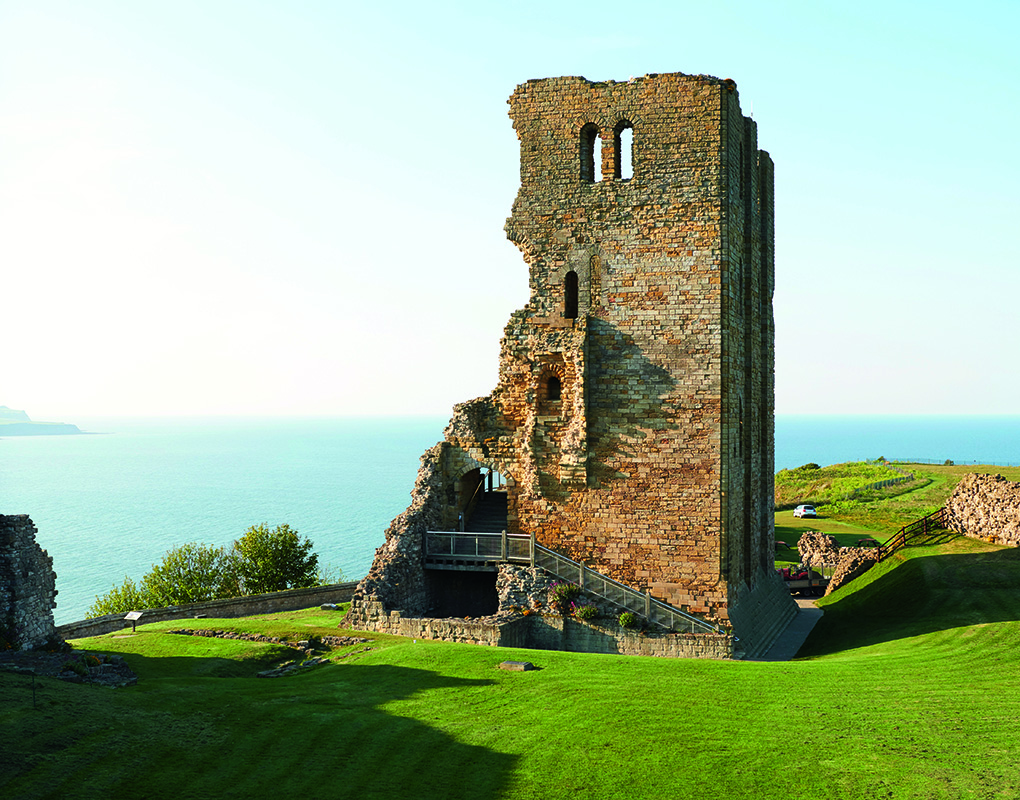
-
18. Which king, in the 1180s, began the building of the present castle at Dover?
Answer: Henry II
Dover Castle commands the Strait of Dover, the shortest sea crossing between England and continental Europe, a position of strategic importance throughout history. Castle Hill was shaped into massive defences capped by medieval walls and towers and later, from the mid 18th century, by the earthworks of a garrisoned infantry and artillery fortress. Beneath the surface, cut into the chalk of the North Downs, are networks of tunnels to enable the garrison to move, plan and live in safety. King Henry II began to build the present castle in the 1180s, and over the next 800 years its buildings, defences and tunnels were adapted to meet the changing demands of warfare, right into the era of nuclear weapons.
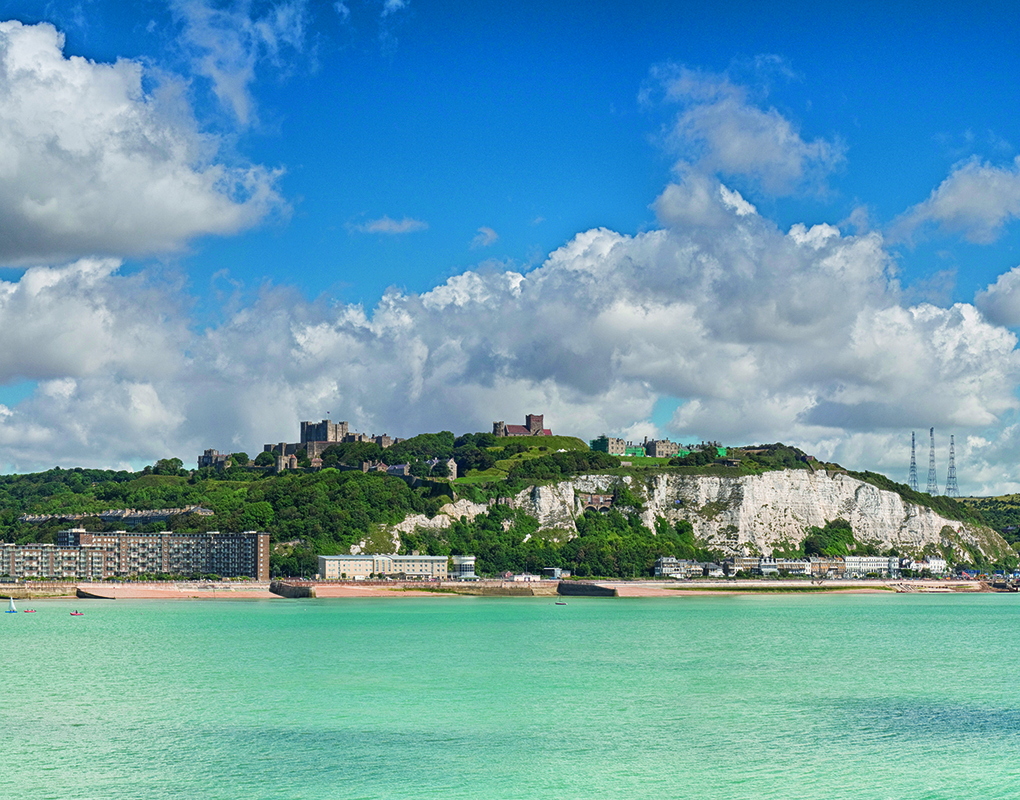
-
19. Queen Victoria’s children learned how to swim at the beach of which royal property?
Answer: Osborne
Victoria and Albert bought the Osborne estate on the Isle of Wight in 1845, and built a new mansion here as an escape from court life in London and Windsor. The royal family took delight in their seaside home and each year spent as much time as possible here and at Balmoral, celebrating many special occasions, including Victoria and Albert’s birthdays, at Osborne. Queen Victoria spent many enjoyable hours on the beach with her family and it was here that the royal children learned to swim. Prince Albert believed in the health-giving properties of sea bathing and encouraged the queen and his children to do so. He installed a bathing machine by the shore so that Victoria could enjoy the waters with her modesty intact.
-
20. What is the only way of accessing Piel Castle, which is near Barrow-in-Furness in Cumbria?
Answer: Boat
Accessible only via a small boat ferry, this 14th century fortress was built by the Abbot of Furness to guard Barrow-in-Furness against pirates and Scots raiders. Lambert Simnel, pretender to Henry VII's throne, landed here in 1487. The massive keep, inner and outer baileys and the towered curtain walls are still standing.
